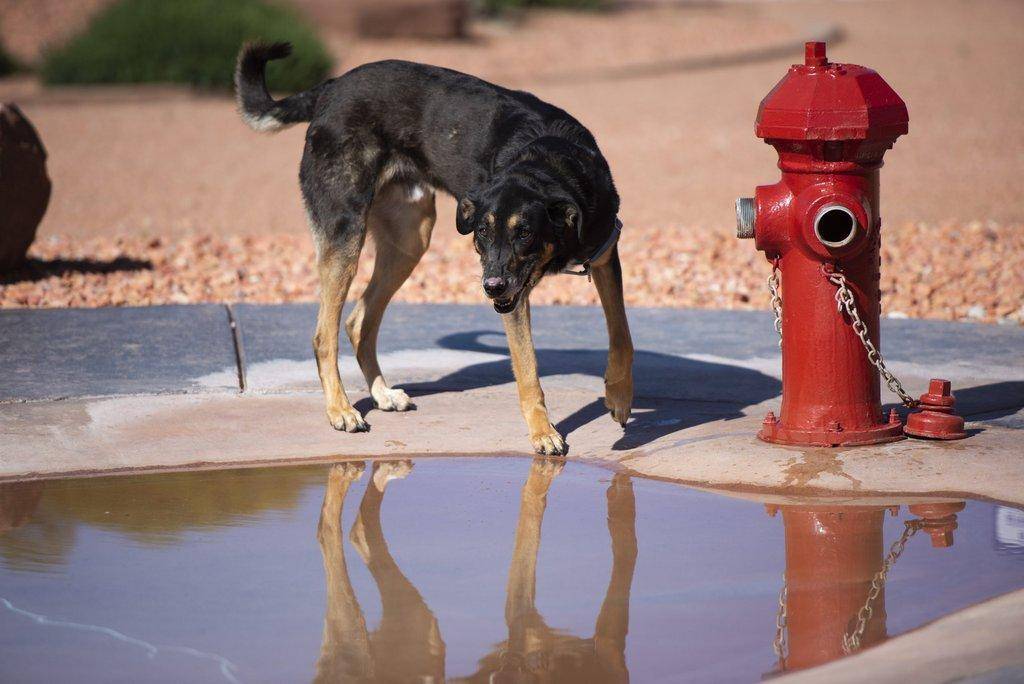Make A Plan for You and Your Pets with These Helpful Tips from Best Friends Animal Society
Press Release
National Pet Fire Safety Day (July 15) falls during the peak of wildfire season and serves as a great reminder for pet fire safety, whether due to an outdoor or house fire. Because a fire can be spontaneous, it’s crucial that pet owners be as prepared as possible.
Best Friends Animal Society, the leading animal welfare organization working to end the killing of dogs and cats in America’s shelters by 2025, has the below tips to help pet owners take precautions to be as prepared as possible in case disaster strikes.
- Sound the Alarm: Make sure you have a working fire alarm in your home. Be sure to use the test feature and check batteries regularly.
- Curb Curiosity: Pets are curious creatures, and that curiosity can cause fires. Pet proofing your home by keeping electrical equipment out of reach and using doorknob covers can save lives.
- Let People Know Pets Live There: Put a pet alert sticker on each entrance of your home that lets first responders know that you have a pet inside. It’s important to mark and keep the number of animals inside your house updated as it will save rescuers time when locating your pets.
- Keep Tags and Microchips Up-to-Date: In the event that you and your pet get separated, having up-to-date identification tags and microchips can help you and your pet be reunited as soon as possible.
Wildfires can displace communities for extended periods of time. Pet owners should have a bag of basic supplies ready in case emergency evacuation is necessary. It should include the following:
- A seven to ten-day supply of wet and/or dry food (and water, if possible)
- Your pet’s toys and/or treats
- An extra supply of any necessary medications (as veterinary care may not be readily available in a crisis)
- A list of your pet’s medical needs, medicines taken (including dosing/frequency), as well as veterinary contact information
- Copies of current vaccination records
- A collar with a current ID tag or microchip that includes your cell phone number
- Extra poop bags
- For cats, a small bag of litter and litter pan
- Blanket
- Towels
- Bowls
- Can opener and spoon
- A crate labeled with your pet’s name and your contact information (use masking tape and a permanent marker)
- Consider placing your well-worn sweater or sweatshirt inside the crate so that your pet travels more comfortably inside surrounded by a familiar scent around them.
Fires of any nature are devastating and losing a pet would only add to that devastation. Dr. Erin Katribe, Medical Director at Best Friends Animal Society, said symptoms of smoke inhalation can start anytime in the first 72 hours.
“The most common clinical signs of dogs and cats that have experienced smoke inhalation injury are coughing or difficulty breathing due to damage to the respiratory tract,” warns Dr. Katribe. “Any respiratory distress is a true emergency and any pet experiencing labored breathing should be evaluated by a vet immediately. Other clinical signs related to smoke exposure include neurological signs (seizures, depression, stumbling) and cherry red gums and tongue. Clinical signs may be delayed, so monitor any pets exposed to wildfires or house fires closely following exposure.”
About Best Friends Animal Society
Best Friends Animal Society is a leading animal welfare organization working to end the killing of dogs and cats in America’s shelters by 2025. Founded in 1984, Best Friends is a pioneer in the no-kill movement and has helped reduce the number of animals killed in shelters from an estimated 17 million per year to around 355,000. Best Friends runs lifesaving programs all across the country as well as the nation’s largest no-kill animal sanctuary. Working collaboratively with a network of more than 3,700 animal welfare and shelter partners, and community members nationwide, Best Friends is working to Save Them All®. For more information, visit bestfriends.org.

